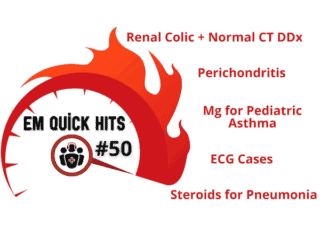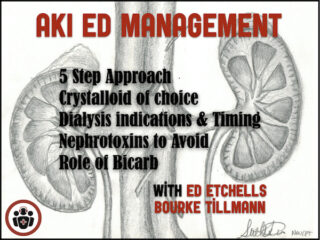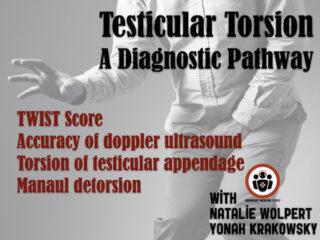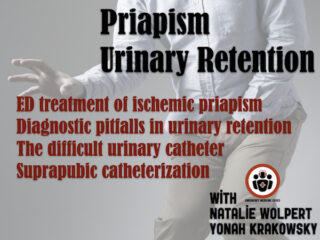emergency medicine genitourinary
EM Quick Hits 51 – Methylene Blue in Septic Shock, TMJ Dislocation, Crohn’s Disease, Analgesia for Renal Colic, Inhaled Steroids for Asthma, Hypocalcemia in Bleeding Trauma Patients
On this month's EM Quick Hits podcast: Anand Swaminathan on the role of methylene blue in septic shock, Nour Khatib on jaw dislocation reduction techniques, Hans Rosenberg on a phenotypic approach to Crohn's disease emergencies, Gil Yehudaiff on evidence based analgesics in renal colic, Brit Long on the importance of inhaled steroids for asthma, and Andrew Petrosoniak on the "lethal diamond" in polytrauma patients and the current state of hypocalcemia in bleeding trauma patients... Please support EM Cases with a donation: https://emergencymedicinecases.com/donation/










